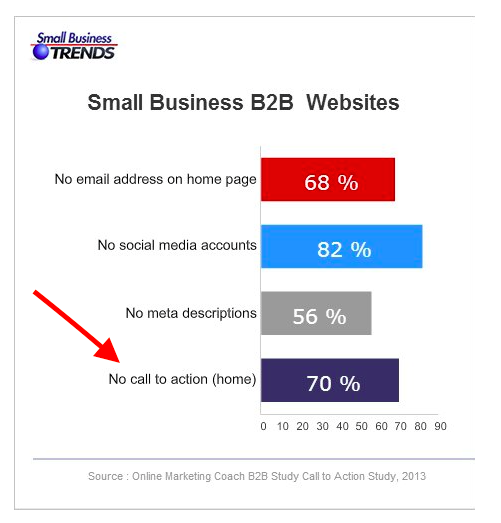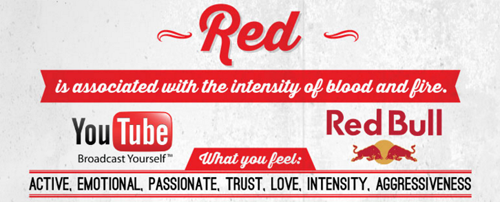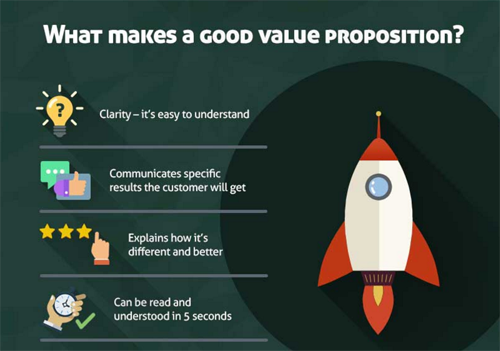How To Improve the ROI Of Your Content Marketing
Content marketing can be expensive. So how do you make sure your investment pays off?
There are two main strategies for improving the ROI of your content marketing: reduce your costs and increase your effectiveness. This post will look at 8 ways to make sure you keep your content marketing costs down, and your effectiveness up!
1. Document your strategy
According to the Content Marketing Institute, companies that have a documented strategy in place are more likely to find their content marketing effective. While 30% of all marketers reported that their efforts were effective, this number rose to 48% for those with a documented strategy.
Your strategy doesn’t have to complicated, but should contain a few key elements:
- Marketing personas: Who are you writing for? Who is your ideal customer?
- Which marketing channels do you plan to use, and how will you use them?
- Who will be responsible for various content marketing tasks?
- Which key metrics will you track?
- How will you calculate ROI?
2. Use calls to action in every piece of content
This may seem obvious, but apparently it’s not. According to research done by Small Business Trends and Online Marketing Coach, 70% of small businesses don’t even have a CTA on their home page (and I assume the same applies to other pages on their site).
Not every piece of content has to (or should) attempt to promote a product or service. However, each should certainly contain one strong call to action that tells the reader what to do next.
Which type of CTA you use will be dependent on where that piece of content fits within your funnel. For instance, if a blog post is intended to aid readers with researching a product, your CTA may suggest another piece of content that moves them along in the buying cycle.
For each piece of content you create, ask yourself: “What do I want to accomplish here?”.
3. Decide what content marketing success looks like for your business
If you don’t know what you’re striving for, how will you know when you get there? According to the Content Marketing Institute, 79% of the most effective B2B marketers have clarity when it comes to knowing what an effective content marketing strategy looks like; 77% of the least effective marketers lack this clarity.
Be clear about your content marketing goals, and how they relate to your overall business goals. Are you looking to drive traffic, engagement or sales? How would accomplishing these goals help you achieve business goals like increased brand awareness, lead generation or customer loyalty?
4. Lower your content marketing costs by focusing on the basics
I know…easier said than done, right? If you’re a small business operating on a small or non-existent marketing budget, you may need to start with the basics. Cover the bare essentials, and leave the more costly strategies for later.
Via: http://www.forbes.com/sites/johnrampton/2015/12/28/how-to-improve-the-roi-of-your-content-marketing/












